For a while now, I had been planning a piece on the sorry state of graphics on credit cards: a bit of a rant which I held off writing because I worried that really it was just an extended whine. Then I got the tip from David Weinberger that Visa had rebranded, and as I already had a large collection of card images, I decided to take it on.
I have never before done one of these rebranding posts because a) I’m no expert, b) I try to avoid the use of the word, as I’m fuzzy on the big-picture concept and c) I’m on record as being leary of critique of something so bound in the complications of the client-designer relationship.
But here goes.
I decided that before I even look at the material David sent me, I’d put some thought into Visa as a brand, and why they would even want to rebrand. So as I write, I have not yet seen the new … um … whatever it is.
Going back to my collection of utterly hideous Visa card images, it occurred to me that Visa is in a fairly unique position of being constantly in competition with other identities on what, in fact, belongs to them. At least I think it does. I have always been confused by who owns my Visa cards. Who is dominant, the bank or Visa? If something happens to my card, do I call Visa, or the bank? Does Visa know me as a customer? What is the arrangement between the bank and Visa? Can I be a direct customer of Visa and cut out the bank?
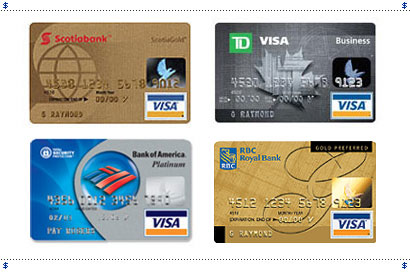
When I look at these almost universally putrid cards, I notice that the Visa logo competes not only with the bank, but often with the logos of various rewards, clubs and membership programs, thus further muddying the dominance of brand:
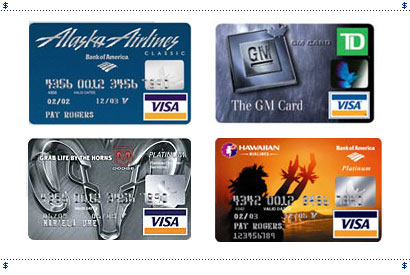
On top of that—or underneath to be more precise—are a bewildering array of excremental images, all swirling in a kind of graphic witches’ brew: all crying out for a few minutes with a Sharpie marker (can you do that? Is there any law against altering one’s credt card?):
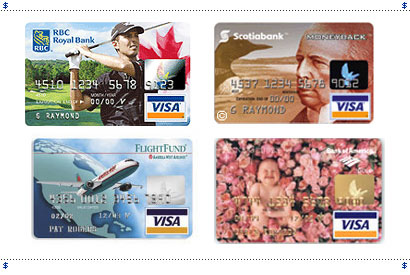
And of course, Visa is not alone in this. Given a wallet with several cards, all abundantly endowed with a vomit of logos and seething digital effects, well, what’s a brand to do?
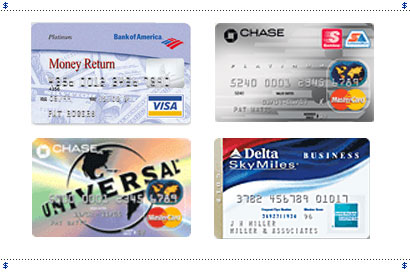
When I think of Visa, I see that blue and gold bar above and below “VISA” set in a blocky sans (although I admit I thought this was an old logo, and I was surprised to see that it was still in use) but mostly I think of that holographic bird. I’ve always been quite fascinated with it, I never get tired of looking at it, and um, call me nuts, but when I cut up my old cards, I always keep the bird. That’s right, I can’t throw it out. How’s that for a powerful piece of design?
So that, surely must be the challenge for a rebrand of Visa: how to create dominance for the identity in a visually competitive space, and then presumably how to transfer that identity out into the world.
Still having not looked at the “solution” to the presumed problem, I wondered “What would I do?” Well, I’d lay down the damned law on all those graphics for one thing, and I’d create some kind of regulated, uninterrupted space, tied to the hologram, for the Visa identity to sit. And I might even incorporate that bird into the Visa identity.
So there I’ve done it: the first mistake of any design critique: assume a problem, and create a clientless solution.
OK, David, what’s the real story? Let’s see what he sent me.
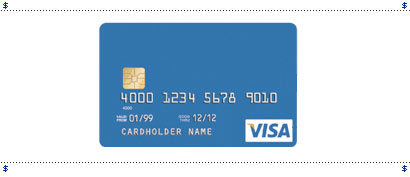
Well, it would appear that contrary to what I’d thought, their prime directive in rebranding is to encapsulate the fact that “Visa has evolved its brand so that it better reflects the growing choice of products and services available today and in the future.” as well as “refresh the look and feel of the brand to ensure it remains up to date and relevant.”
They’ve moved the “well known” dove to the back of the card (incorporated with the magnetic strip) which in part allows for “a larger part of the front of the card to be used for new designs or communication.”
(Yikes. ’Cuz god knows we need more of that.)
And they’ve “introduced a new look for the famous blue, white and gold logo.” [Italics mine.]
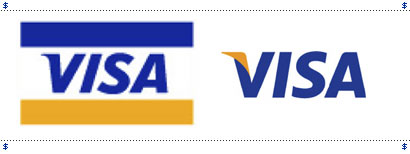
You know what this is? It’s cosmetic surgery. It’s people blaming the unhappiness of their lives on how they look. They feel pressured to constantly update: a little tweak here, a little tuck there—instead of working on who they really are and standing by it. Sure, people change, companies change, but getting a nose job isn’t going to help you communicate that to the world. I’ve said this before, I’ll say it again: Corporations of the world, don’t fuck with your logo unless it’s scar tissue! And especially don’t fuck with your logo if it’s famous.
Visa is saying “You don’t understand me; I’m different than I used to be, and I Botoxed my forehead to prove it to you.”
Even less believably, of their new identity, they claim: “It ensures consistency and clarity across all lines of business.” which is just plain idiotic. What ensures consistency and clarity? a) Nothing. b) policing. To whit, the very page that this comes from has three, count’em, three versions of their logo on it.
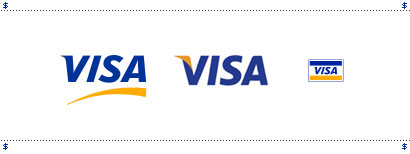
I just don’t understand it. You may like the new logo better. You may like the slightly curved corner at the apex of the A, or the slightly more open S, and the slightly less oblique letterform. Hell, I like the new logo better. It is “cleaner” without the 2 bars of colour, but it is also much weaker. It joins a party of newly streamlined, liposuctioned logos: stripped of lumps and bumps, and airbrushed into a tidy sameness of taste and simplicity. Communication-wise, it represents nothing. It changes nothing. It says absolutely nothing about the new services of the company. And why would it? That task was and is still up to the company.
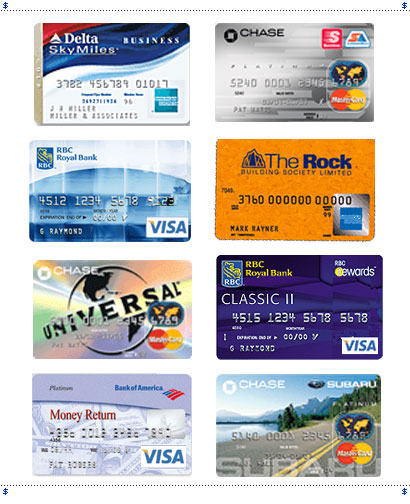
In a crowd of the pretty and not-so-pretty, sometimes you’re just looking for a familiar face.






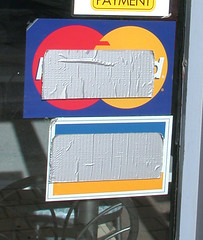



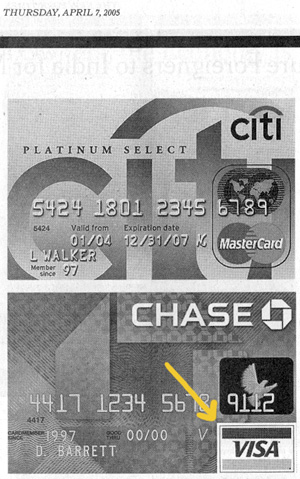


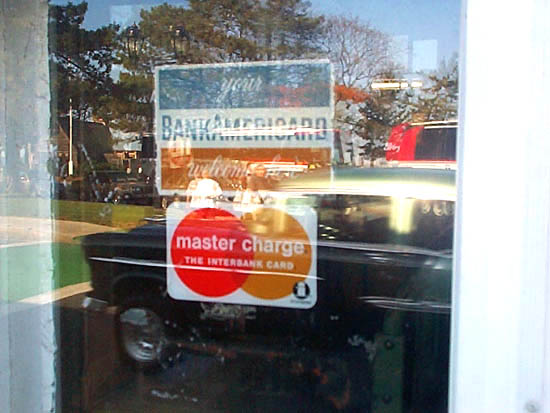
It is all that pro-active approach where a company has to do a change where it does not need to. The flag-style image is still the most recogniseable worldwide, although Visa intoduced the swooshy simple logo only a couple of years ago, and now they go again.
To be honest, the newest new logo is more, hm, useable and versatile - they can certainly think of better ways to incorporate it in card front images. Oh, and you forgot to remove the birdy from the front of the "Money Return" card.
On Apr.04.2005 at 03:31 AM